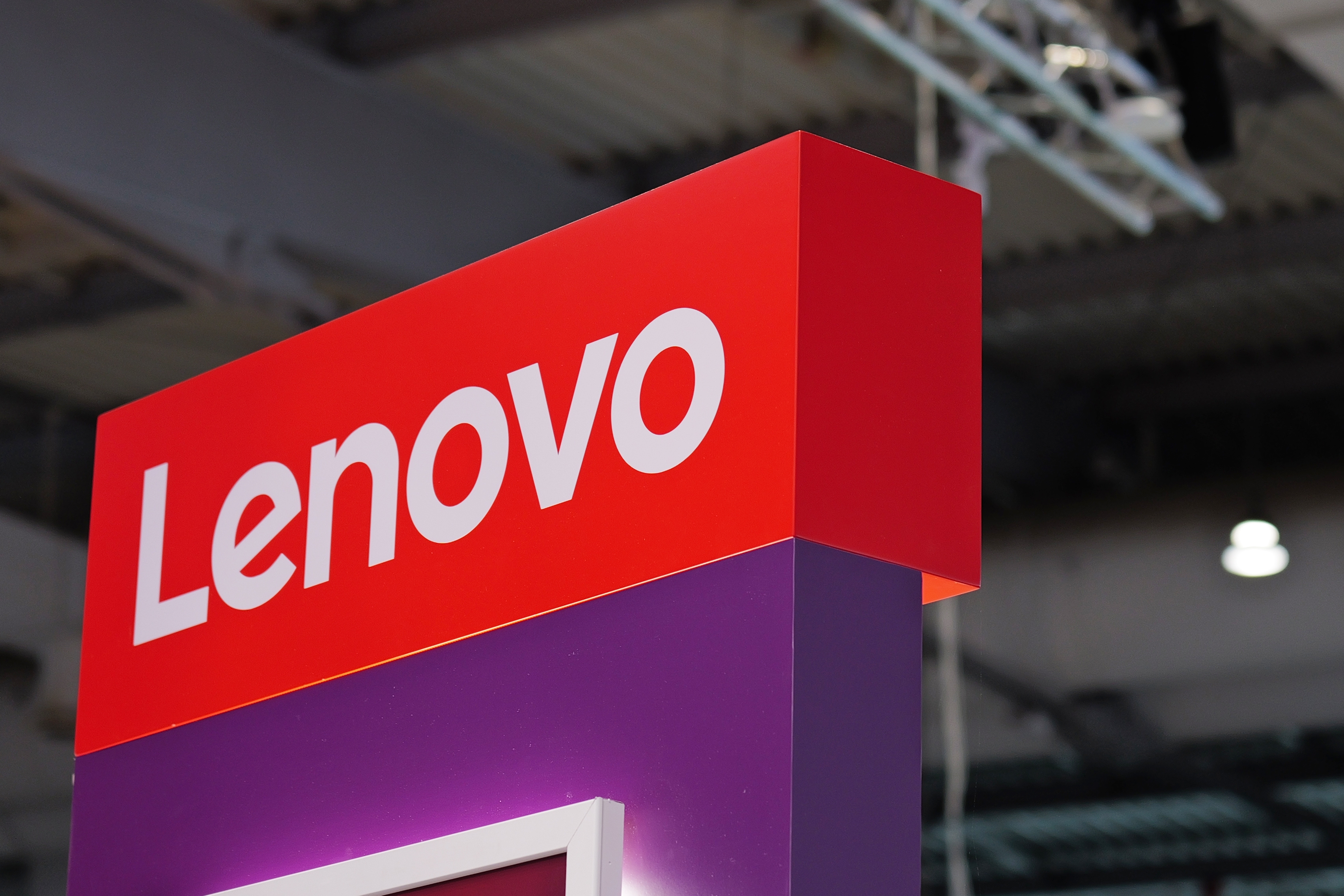How Lenovo’s IBM PC acquisition took it from global market minnow to industry heavyweight
The Chinese manufacturer made huge market gains following the acquisition

When Lenovo acquired IBM’s Personal Computing division, the move marked the end of an era for one industry giant and produced another.
The deal, valued at $1.75 billion (£900m), was announced in December 2004 and completed in May 2005. The acquisition made Lenovo the world’s third-largest PC maker at the time, propelling the Chinese device manufacturer to new heights.
It was already Asia’s biggest PC manufacturer, but with the IBM deal the company’s revenue soared to over $12 billion and enabled it to make headway in markets globally.
Prior to the acquisition, Lenovo ranked ninth in the global PC industry, commanding just a 2.3% market share. Within the space of a decade, it stood at number one, boasting a 20% share.
“This acquisition will allow Chinese industry to make significant in-roads on its path to globalization,” Lenovo chairman Liu Chuanzhi said at the time.
"It has changed the structure of the global PC manufacturing business."
Notably, the deal saw the acquisition of the ThinkPad brand, as well as a five-year license to use IBM branding on its PCs. It was a match made in heaven, and both companies benefited.
Sign up to the TechRadar Pro newsletter to get all the top news, opinion, features and guidance your business needs to succeed!
IBM not only became a major shareholder in the firm, it also agreed to provide services for the manufacturer. On the other hand, Lenovo agreed to supply devices for IBM clients.
The road to acquisition
So how did the deal come to fruition? Simply put, changing market dynamics and a new focus for IBM paved the way for the acquisition.
IBM’s PC business was experiencing significant challenges after the turn of the millennium. Heightened competition and an increasingly cramped market meant growth was slowing and revenue streams were drying up.
For IBM, the future lay in enterprise solutions, particularly software and infrastructure, and under the leadership of CEO Samuel J. Palmisano took the company down a new path.
As a 2012 Harvard Business Review article noted, Palmisano transformed IBM into a “globally integrated enterprise” – devices just weren’t part of the equation.
Taking on an iconic brand
As mentioned, a notable aspect of the acquisition saw Lenovo take ownership of the iconic ThinkPad notepad range. Dating back to the early 1990s, the ThinkPad became synonymous with enterprise hardware, and was a hit in the consumer electronics market as well.
Close collaboration between the two firms on the Think range continued for several years after the acquisition, but Lenovo was very much steering the ship on this front while IBM oversaw servicing.
Notepads are a dime a dozen today. Consumers and enterprises alike are swamped with hardware options, but the ThinkPad range has withstood the test of time.
Moreover, the company is still thriving - with Lenovo leading global PC shipments in 2024, totalling 61.8 million units, and with AI PCs now also swamping the market, Lenovo is once again capitalizing on this front, launching a range of AI-powered devices.
You might also like
- Need an upgrade? We've rounded up the best mobile workstations around today
Ross Kelly is News & Analysis Editor at ITPro, responsible for leading the brand's news output and in-depth reporting on the latest stories from across the business technology landscape.
You must confirm your public display name before commenting
Please logout and then login again, you will then be prompted to enter your display name.